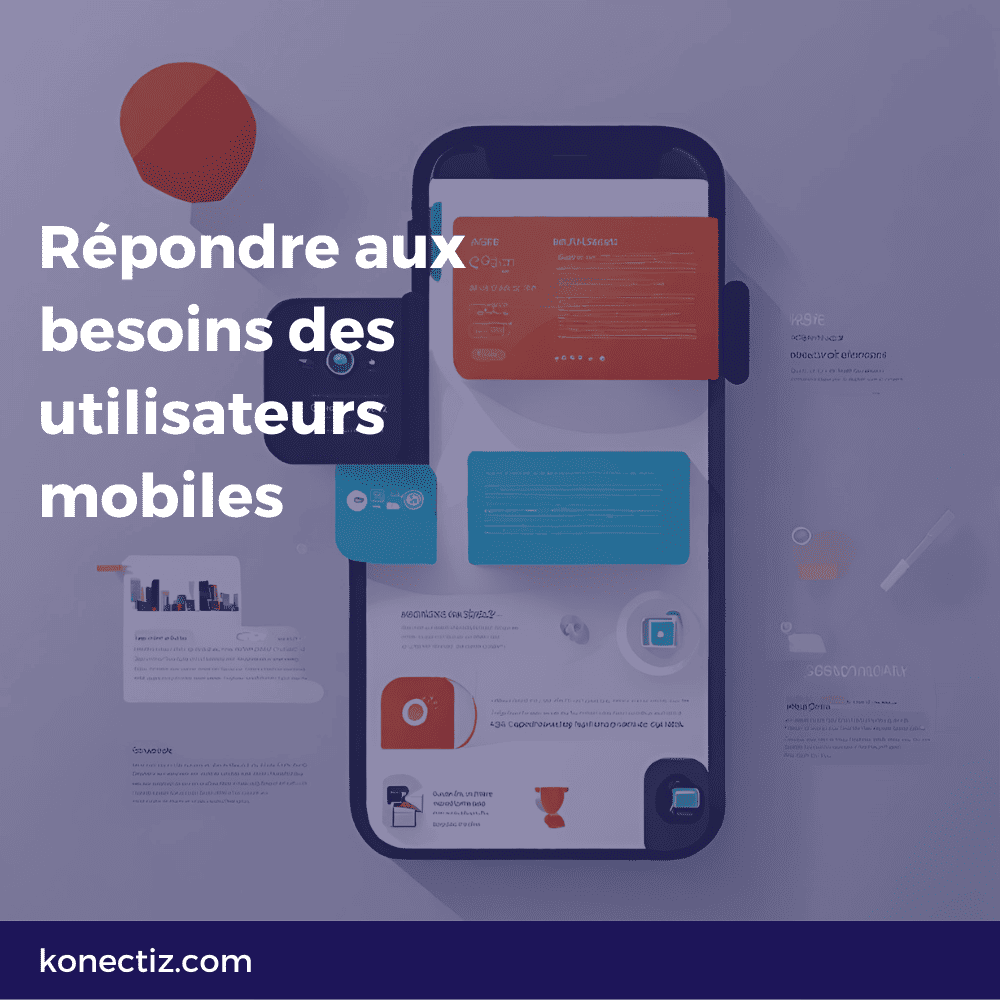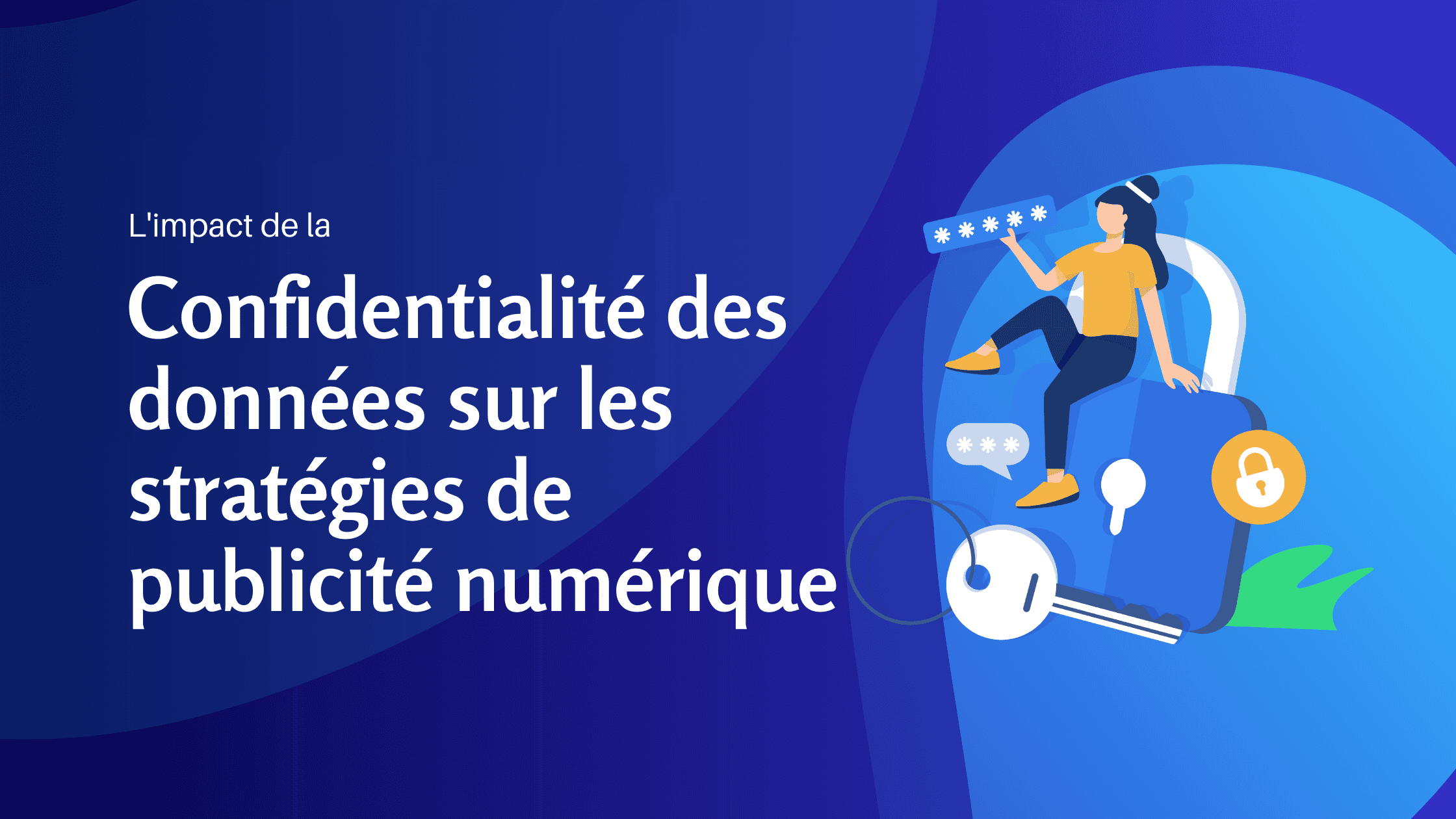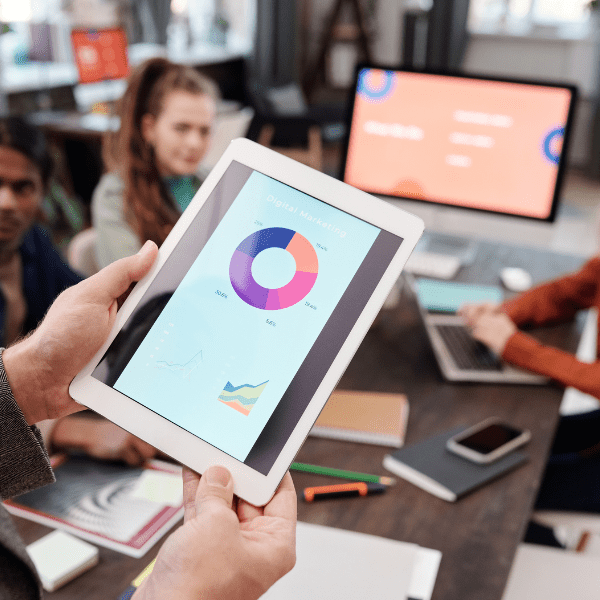Introduction:The latest trends in website design
Welcome to the exciting world of the latest trends in website design. In this article, we’ll explore the visual and functional elements that will captivate your visitors and encourage them to stay on your site longer. Whether you’re looking to create a website for your business or simply update your online presence, knowing the current trends in website design is essential to staying up-to-date and effectively attracting your target audience.
Whether you opt for sleek, minimalist designs or something bolder and more creative, we’ll give you an insight into the latest trends in the web world. From eye-catching and unique typography to vibrant and bold colors, we’ll show you how to add a touch of modernity and sophistication to your website.
So, are you ready to give your website a new lease of life? Join us to discover the latest trends in website design that will simply get your site talked about. Give your visitors an unforgettable visual experience and let your site stand out from the competition!
The importance of keeping abreast of web design trends
In the ever-changing world of the Web, it’s crucial to keep up to date with the latest trends in web design. Visitors are increasingly demanding and expect a captivating online experience. By adopting current trends, you can attract their attention and encourage them to explore your site further.
Minimalist design: less is more
Minimalist design is a growing trend in the world of web design. This approach emphasizes simplicity, eliminating all superfluous elements and focusing on the essentials. Here are a few reasons why you should consider adopting this trend for your website:
Bright, bold colors: Making a statement
Color plays an essential role in web design. Today’s websites use bright, bold colors to grab visitors’ attention and create a memorable visual ambience. Whether using contrasting color combinations or bright hues, using bold colors can make a bold statement and give your website a modern, eye-catching look.
As well as attracting attention, bright colors can also be used to convey emotions and reinforce your brand. For example, the use of bright, warm colors can evoke excitement and energy, while the use of cool colors can evoke tranquility and confidence. The important thing is to strike a balance between using bold colors and keeping your brand consistent to create a coherent and engaging visual experience for your visitors.
Bright colors can be used in a variety of design elements, such as backgrounds, buttons, icons and typography. Don’t be afraid to experiment and play with colors to create a website that stands out and grabs your visitors’ attention.
Micro-interactions: Involving users on a small scale
Micro-interactions are small animations or reactions that occur when users interact with your website. They can include elements such as buttons that change color on hover, icons that animate when clicked, or confirmation messages that appear after an action.
Micro-interactions are a great way to engage users and give them the impression of actually interacting with your website. They add a touch of dynamism and user-friendliness to the user experience, making your website more memorable.
To use micro-interactions effectively, it’s important to integrate them subtly and consistently into your design. They shouldn’t be too intrusive or distract users from their main purpose on your website. By using them strategically, you can make your website more interactive and engaging, while improving the overall user experience.
Mobile-first design: meeting the needs of mobile users

With more and more people using their smartphones to surf the web, mobile-centric design is essential to ensure an optimal user experience. Mobile-centric design means creating a website that adapts and works well on the small screens of smartphones and tablets.
A mobile-centric design includes elements such as larger, easier-to-click buttons and icons, simplified navigation and a responsive layout that automatically adjusts to screen size. By adopting a mobile-centric design, you can deliver a smooth, enjoyable experience for mobile users, encouraging them to stay longer on your website.
It’s also important to take into account website loading speed on mobile devices. Mobile users are often on the move, and need quick access to the information they need. By optimizing your website’s loading speed, you can ensure that mobile users stay engaged and aren’t put off by slow loading times.
Video backgrounds: Captivating visitors with movement
Videos are a powerful way of capturing visitors’ attention and creating an immersive visual experience. Video backgrounds are increasingly used in web design to add movement and life to the home page or other key sections of the site.
Video backgrounds can be used to present your product or service dynamically, tell a compelling story or simply add an interesting visual ambience. The aim is to attract visitors’ attention and make them want to find out more about your company.
When using video backgrounds, it’s important to take into account video file size and loading speed. Videos can be bandwidth-hungry, leading to slow loading times and frustrated visitors. Be sure to optimize your videos for smooth playback and a pleasant user experience.
Custom illustrations : Add a unique touch
Custom illustrations are a creative way to add a unique touch to your website. Rather than using generic images, custom illustrations can be specially designed to represent your brand and identity.
Custom illustrations can take many forms, including drawings, icons, mascots and diagrams. They can be used to add personality to your website, communicate information in a visually interesting way or simply create a unique visual aesthetic.
When creating custom illustrations, it’s important to consider your target audience and the purpose of your website. Illustrations should be consistent with your brand and help convey your message clearly and effectively.
Chatbots: Enhance user experience and provide instant assistance
Chatbots are computer programs designed to communicate with users interactively. They can be used on websites to provide instant assistance, answer frequently asked questions and guide users through the site.
Chatbots are becoming increasingly popular because they offer a personalized, responsive user experience. They can help solve user problems quickly and efficiently, improving visitor satisfaction and encouraging them to stay longer on your website.
When setting up a chatbot, it’s important to clearly define its purpose and configure it to meet your users’ needs. Chatbots can be integrated into your website design in subtle ways, appearing in a corner of the screen or deploying when users click on a specific button.
Voice user interface: Interact with websites using voice commands
The voice user interface is an emerging trend in web design. It allows users to interact with a website using voice commands, rather than clicking buttons or typing on a keyboard.
The voice user interface can be used to perform simple actions, such as searching for products or browsing the site, or to interact with more advanced functionalities, such as booking a hotel room or ordering products online.
The voice user interface is particularly useful for mobile users, who may find it difficult to enter text on a small screen. It also offers a more natural and intuitive experience, mimicking human communication and allowing users to talk to their website as they would a real person.
Conclusion: Adopting web design trends for a captivating user experience
By adopting the latest trends in web design, you can offer your visitors a captivating and memorable visual experience. From bright, bold colors to subtle micro-interactions, video backgrounds and custom illustrations, every design element contributes to creating a unique and engaging user experience.





